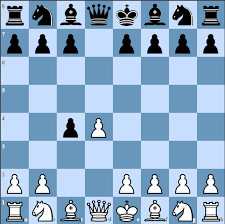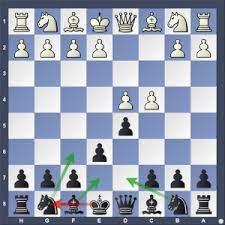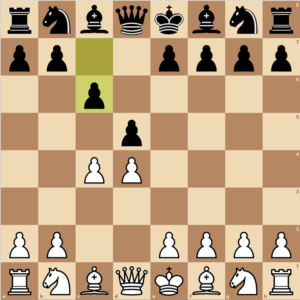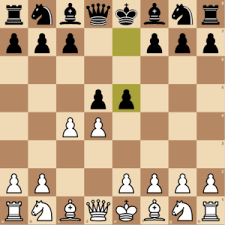Quick Note:
This page contains some chess theories about the Queen's Gambit Opening. If you are new to chess, I strongly recommend checking out the chess tips page first.
| Black's Response | Board Position | Brief Analysis | Popular Continuations |
|---|---|---|---|
| Queen's Gambit Accepted - 2. ... dxc4 |

|
This line tends to lead to a very sharp position, as black can easily develop their pieces towards the center while preparing for an early attack on the center with e5. Yet white can also play actively by either 3. e4 or the more canonical 3. Nf3, preparing to activate the bishops and take over the center. As white is down a pawn, it must play for more activity and space in the center as compensation. |
|
| Queen's Gambit Declined - 2. ... e6 |

|
This line leads to a more solid and positional play as black declines to weaken his center by taking the gambit. Although black's light-squared bishop is blocked, his two knights can still develop towards their natural positions on c6 and f6. White can also develop his knights in similar ways to pressure black's d5 pawn or go for a pin with Bg5 after Nf6 is played by black. Although taking d5 with the c-pawn seems tempting for white as it will give white an extra pawn in the center, it is not that promising as it relieves the pressure on d5 square and related tactical plays. |
|
| The Slav Defense - 2. ... c6 |

|
This line tends to lead to a balanced position as black consolidates the center with his c-pawn while making capturing the c4 pawn a more feasible possibility. While white can develop both knights to their natural positions, black's queen side knight cannot develop to the more natural c6 square. Yet compared to Queen's Gambit Declined, black's light square bishop remained open to development. |
|
| Albin Counter Gambit - 2. ... e5 |

|
This is the line played by Borgov against Beth Harmon in their last match. Typically, this line leads to a sharp position as black tries to divert white's d-pawn by sacrificing his e-pawn, thereby enabling 3. ... d4. White usually takes the gambit instead of playing 3.e3 as that allows black to equalize with a solid center. There are many traps associated with this position, such as the most notable Lasker Trap, where white loses material immediately after playing 4. e3?. |
|
| ... |
For more obscure variations of the opening, check them out in the opening explorers of chess platforms such as chess.com and lichess. |
||